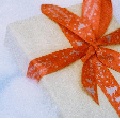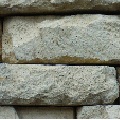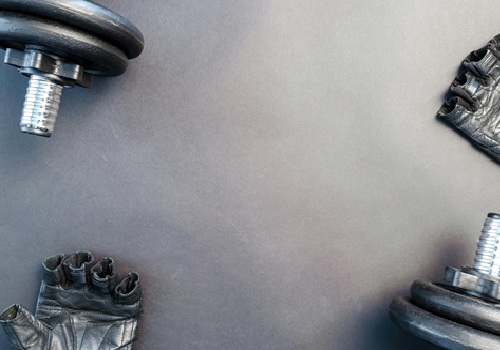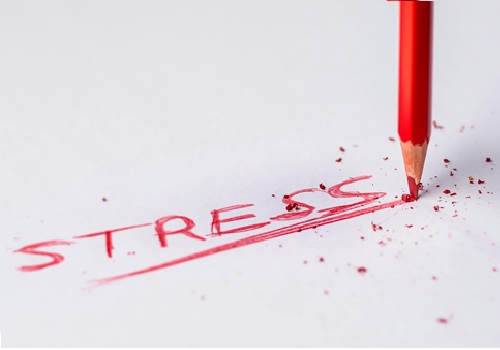The Role of Fashion Illustration in Design
Fashion illustration is an essential component of the clothing design process. It allows designers to visually communicate their ideas and concepts before any fabric is cut or a garment is sewn. These illustrations often capture the flow, texture, and mood of a design, serving as a blueprint for the final product. In the past, fashion illustrations were hand-drawn sketches that designers used to present their collections. Today, this art form is being enhanced by technology, offering artists new ways to experiment with form, color, and texture.
Modern Trends in Fashion Illustration
As the world of fashion evolves, so too does the art of illustration. With new tools and techniques at their disposal, fashion illustrators are expanding their creative horizons, offering fresh perspectives on traditional design.
1. Digital Fashion Illustration
The use of digital tools in fashion illustration is one of the most significant trends in recent years. Software like Adobe Illustrator and Procreate allows artists to create highly detailed and precise illustrations, with the added benefit of easy revisions and the ability to experiment with different styles and color palettes. Digital fashion illustrations have become popular for marketing, advertising, and online fashion catalogs, enabling designers to quickly visualize concepts without relying on traditional pencil and paper.
2. Mixed Media Illustrations
Another exciting trend in fashion illustration is the combination of different media to create more dynamic and textured designs. Artists may blend traditional hand-drawn techniques, like watercolor, with digital elements, or incorporate photography, fabrics, and even 3D textures to give their illustrations a multidimensional quality. This mixed-media approach enables designers to explore the tactile aspects of their designs, providing a sense of depth and realism.
3. Inclusivity in Fashion Illustration
Fashion illustration is increasingly embracing diversity and inclusivity. Historically, fashion illustrations often depicted slim, idealized figures, but today, there is a movement toward showcasing a broader range of body types, ethnicities, and gender identities. Illustrators are experimenting with more varied proportions, skin tones, and physical attributes to reflect the diversity of the global fashion audience. This inclusivity is also seen in the representation of various clothing styles and cultural influences, making fashion illustration more accessible and relatable to a wider audience.
4. Expressive and Conceptual Art
In the past, fashion illustration often aimed for accuracy in depicting clothing details. However, modern fashion illustrators are shifting toward more abstract, expressive works. These illustrations might focus on the mood or emotion behind a collection rather than on minute details. Artists use exaggerated shapes, bold brushstrokes, and surreal imagery to capture the essence of a designer's vision, resulting in art that is both conceptual and thought-provoking.
How Fashion Illustration Impacts Clothing Design
Fashion illustrations serve as more than just a visual representation of a designer's ideas—they play an active role in the development of the designs themselves. Here's how they impact the overall clothing design process:
- Ideation: Illustrations help designers experiment with different shapes, cuts, and silhouettes before committing to fabric or production. This creative freedom allows them to explore concepts and refine their vision without the constraints of physical materials.
- Communication: Fashion illustrations act as a universal language, enabling designers to communicate their ideas to collaborators, clients, and manufacturers who might not be familiar with technical fashion terminology. They simplify complex design ideas and ensure everyone is on the same page.
- Brand Identity: An illustrator's unique style can help define the visual identity of a fashion brand. The use of specific techniques, color schemes, and motifs in illustrations helps convey the brand's personality and aesthetic to its target audience.
- Marketing & Promotion: Fashion illustrations are also widely used in advertising campaigns, lookbooks, and promotional materials, where they serve as eye-catching representations of a brand's upcoming collections.
The Future of Fashion Illustration
As technology continues to evolve, the future of fashion illustration is bound to become even more dynamic. With innovations such as augmented reality (AR), virtual fashion shows, and AI-driven design tools, the possibilities for fashion illustrators are limitless. We may soon see fully immersive fashion illustrations that allow users to interact with designs in 3D spaces, or even live fashion illustrations integrated into the design process through real-time feedback.
AI and Fashion Illustration
Artificial intelligence is also making its mark on the fashion illustration world. AI-driven tools can help designers quickly generate concepts or suggest alterations to existing designs. Some platforms even offer automated sketching assistance, allowing illustrators to input specific parameters like garment type or color palette to receive a draft illustration. While AI cannot replace the creativity and artistic vision of human illustrators, it can serve as a powerful tool to enhance their work.
Conclusion
Fashion illustration is an art form that has been integral to the fashion industry for centuries. Today, it is undergoing a transformation, fueled by technology, innovation, and new creative possibilities. Modern fashion illustrators are pushing the boundaries of their craft by incorporating digital tools, mixed media, and diverse representation, all while continuing to shape the designs of tomorrow. As the fashion world continues to evolve, fashion illustration will remain an essential tool for communicating creativity, vision, and individuality—both on and off the runway.








